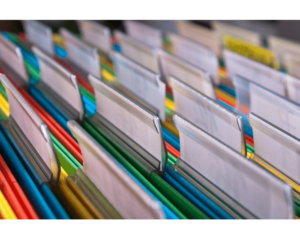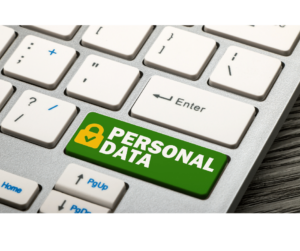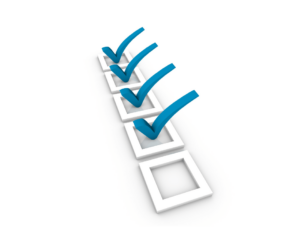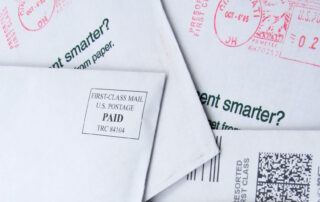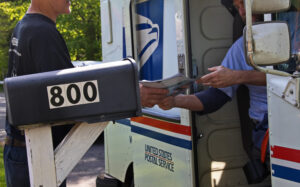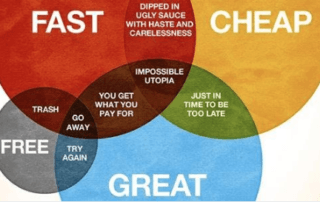Reasons to Avoid Sending Mail Surveys During the Holidays
Many experts believe that the holidays are a bad time to ask people to participate in survey research, yet there are still some that will insist they’ve garnered better results during the holiday season. However, despite the success of some people in research during the holidays, we at DataForce Survey and Study Management still do not recommend sending mail surveys so close to the holiday. Below are two of the main reasons we urge you to think twice.
1. People Are More Stressed During the Holidays
A 2015 Healthline survey that measured holiday stress confirms that the majority of respondents were under stress. According to the results of the survey, 65 percent of generation X, 61 percent of millennials, and 62% percent of baby boomers feel some stress during the holidays.
When your audience is more stressed they are less likely to show interest in your mail survey. Their mind is more focused on picking the right gift, finances, holiday schedule, and so on. Although you may still receive survey response, it will undoubtedly be lower in quantity and quality than when your audience is in a period in time where they are under less pressure.
2. A Quarter of Americans Plan to Travel During the Holidays

According to a survey of more than 1,000 adults conducted by Experian, 1-in-4 Americans plan to travel during the holidays. Among those leaving their home for some R and R, Gen X-ers and millennials will be the ones to travel the most. 38% of Millennials and 35% of Gen X-ers said they typically hit the road during the holiday season, while only 16% of Baby Boomers and 11% of Gen Z members said they travel at this time. During the holidays, your target audience might be out of their house. Your response rate will likely experience a decline by at least a few percentage points as a consequence.
If you send out your packets during the holidays, there is also a good possibility that your respondents will leave their mail to pile up, and in an effort to catch up, throw out the ones that are least relevant into getting them back on track in their regular daily routine. Hence, the odds that your survey packet will be included with the mail thrown in the trash bin will be quite high.
If you cannot avoid sending out that mail survey during the holidays, here are our recommendations:
The delivery and return of holiday mail take longer. And, since potential participants are busy and distracted with the season, they tend to put off answering surveys. If you must send out your surveys during a holiday, allow additional time for returns. Most survey projects see the first set of results around 7 – 10 days after mailing, with the bulk of responses coming in between 14 – 18 days after the mailing date. If you are mailing your project around a holiday though, it is better to plan for an additional 1 – 2 weeks for responses, and expect them to be a little lower.
Check out our post on 3 Tips to Streamline Your Survey Return Schedule
Sending mail surveys during the holidays is not the best idea or strategy to increase your response rate. However, we understand there are situations when you still have to take this course of action. Our mail survey experts at DataForce can help you plan, prepare, and execute your mail survey confidently and flawlessly during this period. For more information on survey fulfillment or any aspect of mail survey management, contact us today!
Check out – forms processing services, incentive fulfillment services





